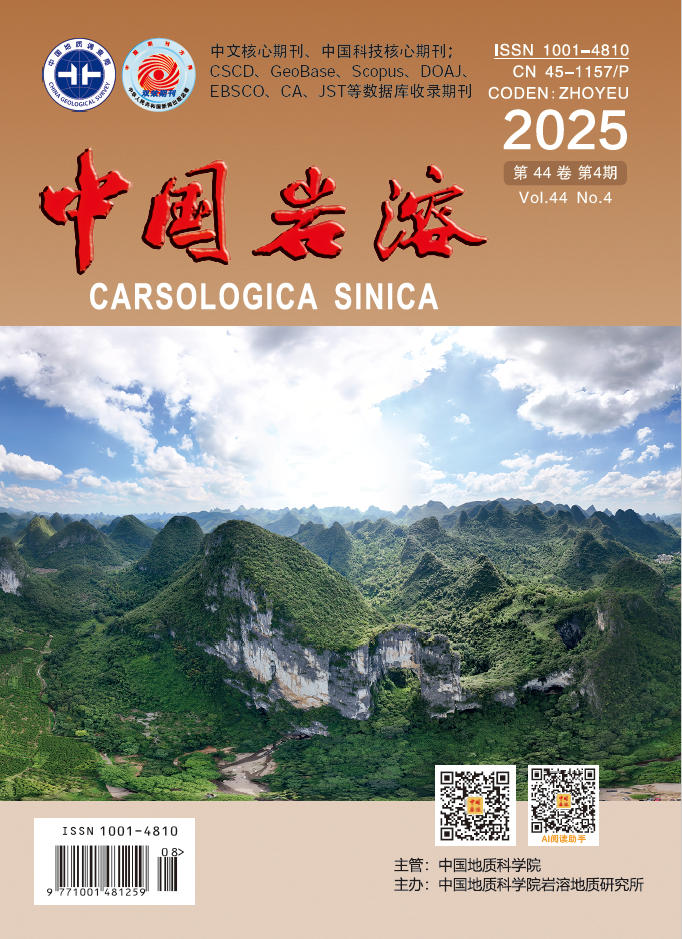Abstract:
With the development of national economy and the change of global climate, many vital environmental geology problems in northern karst area of China have arisen, which have not only attracted attention from the state, but also caused concern from international academia. The state and governments at all levels are increasing investment in karst research, thus, northern karst research is facing both excellent situation and great responsibility. According to the requirement of social economy development and discipline construction, this paper describe the issues in the northern karst research, and propose that protection work for northern karst water resources should be strengthened, more attention should be devoted to basic theory research of karst morphology, especially the research in the development law of karst collapse column and ancient karst as well as deep karst, summary and exchange to the research achievements should be improved; In response to global climate change and extreme climate, we should, on one hand, carry out the carbon sequestration investigation and carbon geological storage experiment in karst region step by step, and study the relations between global climate change, especially extreme climate, and karst aquifer on the other hand; In addition, we should pay more attention in karst knowledge popularization and personnel training, training of karst strategy scientist in particular.






